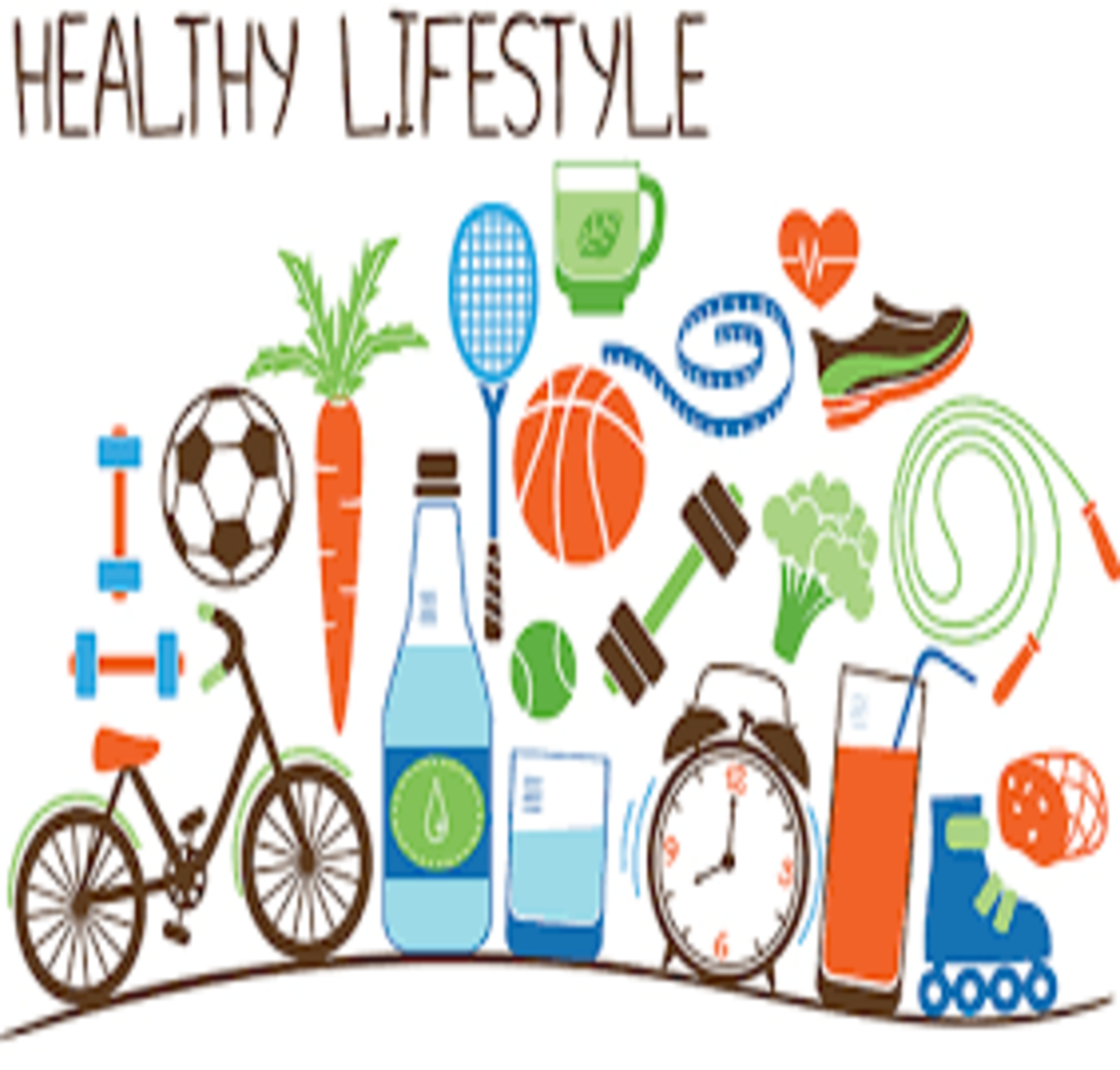The Relationship Between Health Literacy and Healthy Lifestyles of Junior High School Students
DOI:
https://doi.org/10.31949/respecs.v5i1.4512Abstract
A healthy lifestyle is part of self-awareness of the importance of maintaining health, so that in an effort to maintain health, information related to health is needed through l health iteration, if literacy Low health will be able to affect many things related to health such as doing inappropriate health care and lack of health-related knowledge. The purpose of this study was to determine the relationship between health literacy and the healthy lifestyle of junior high school students. This study uses a quantitative approach with a type of correlational research that connects one or more free variables with one bound variable. Instruments used HLS-EU-Q16, Newest Vital Sign, and healthy lifestyle with Healthy Lifestyle Scale. The Sample selected was Junior High School 1 Krian with a sample of 219 students. Data analysis in this study used gamma correlation and percentage data tests. The results of the study showed that there was a relationship between health literacy according to perceptions and the healthy lifestyle of junior high school students during the Covid-19 pandemic with a significant value of 0.000 < 0.05 with a contribution of 24%. As for health literacy based on functional, it showed no relationship with a significant value of 0.185 > 0.05 with a contribution of 7%.
Keywords:
Physical Education, Healthy Lifestyle, Health LiteracyDownloads
References
Altin, S.V., Finke, I., Freimuth, S.K, & Stock, S. (2014). The evolution of health literacy assessment tools: a systematic review. BMC Public Health, 14(1), 1207.
Arifin, Z. (2018). Pengaruh Latihan Senam Kebugaran Jasmani (SKJ) terhadap Tingkat Kebugaran Siswa Kelas V di MIN Donomulyo Kabupaten Malang. Journal AL-MUDARRIS, 1(1), 22.
Batterham, R.W., Hawkins, M., Collins, P.A., Buchbinder, R., & Osborne, R.H. (2016). Health literacy: applying current concepts to improve health services and reduce health inequalities. Public Health, 132, 3–12
Candrakusuma, G.Y. (2020). Survei Literasi Kesehatan Peserta Didik Tingkat Sekolah Menengah Atas Dan Kejuruan Di Kota Surabaya. Jurnal Pendidikan Olahraga Dan Kesehatan, 8(1).
Emiral, G., Aygar, H., Isiktekin, B., Goktas, S., Dagtekin, G., Arslantas, D., & Unsal, A. (2018). Health literacy scale-European union-Q16: a validity and reliability study in turkey. Internasional Research Journal of Medical Sciences, 6, 1–7.
Hersh, L., Salzman, B., & Snyderman, D. (2015). Health literacy in primary care practice. American Family Physician, 92(2), 118–124.
Taufiq, A., Siantoro, G., & Khamidi, A. (2021). Analisis Minat Belajar Dan Motivasi Belajar Siswa terhadap pembelajaran Daring PJOK selama pandemi Coronavirus Disease (COVID-19) Di Man 1 Lamongan. Jurnal Education and Development, 9(1), 225–229.
United Nations Educational Scientific and Cultural Organization. (2015). Education For All 2000-2015: Achievements and Challenges. EFA Global Monitoring Report.
Van Der Heide, I., Wang, J., Droomers, M., Spreeuwenberg, P., Rademakers, J., & Uiters, E. (2013). The Relationship Between Health, Education, And Health Literacy: Results From The Dutch Adult Literacy And Life Skills Survey. Journal Of Health Communication, 18(Sup1), 172–184.

Published
How to Cite
Issue
Section
License
Copyright (c) 2023 Achmad Reza Firmansyah, Endang Sri Wahjuni, Sapto Wibowo

This work is licensed under a Creative Commons Attribution-ShareAlike 4.0 International License.





.png)
1.png)

